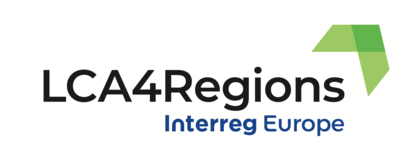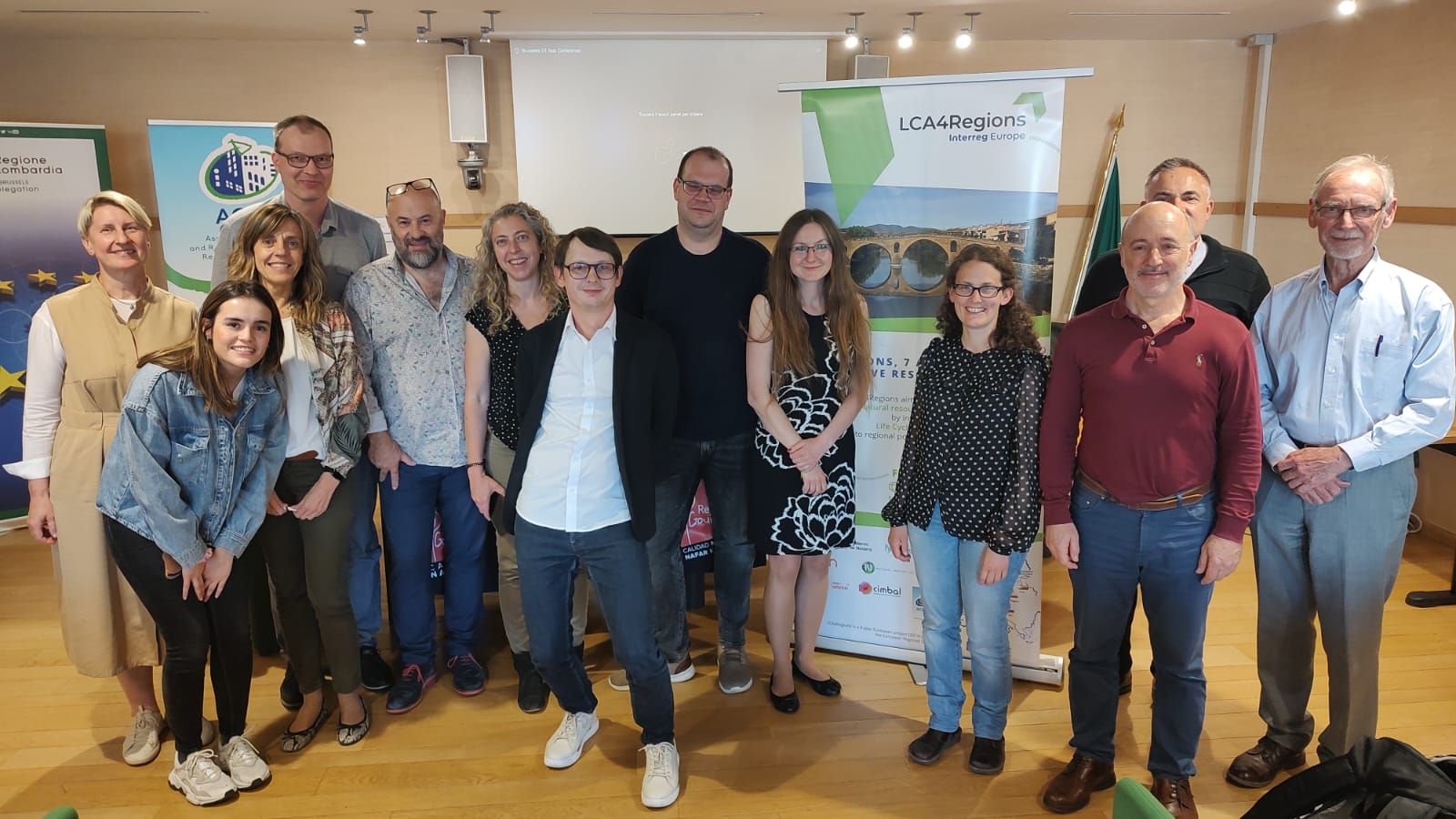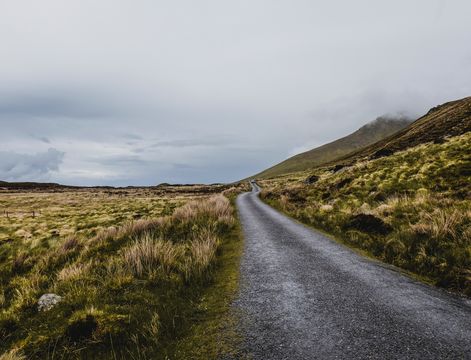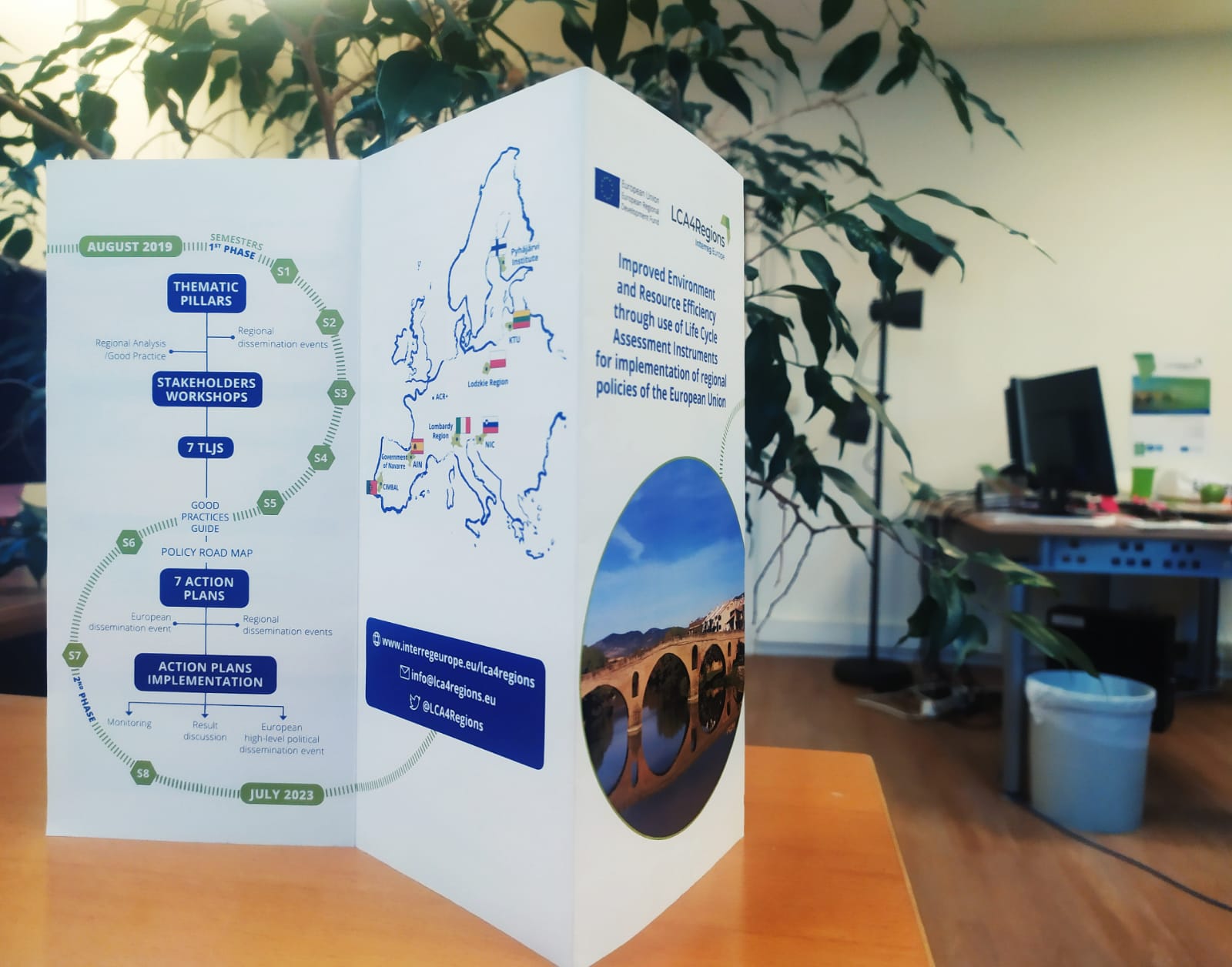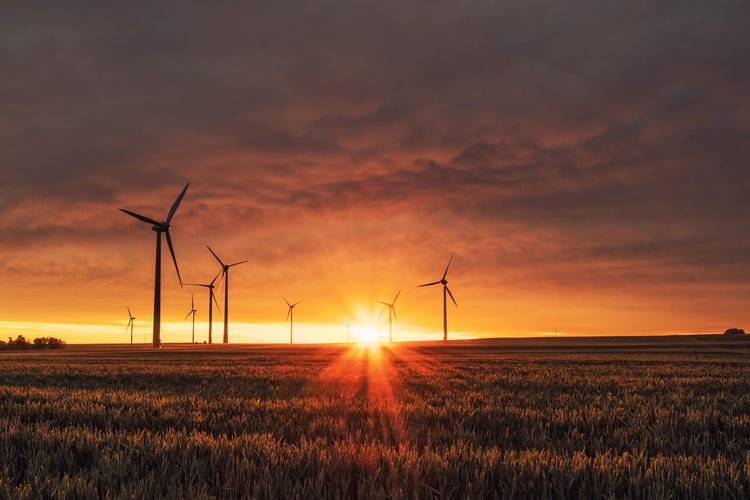Learn more about life cycle thinking for regional sustainability!
Fritz Balkau, expert of LCA4regions, share with us his knowledge on life cycle in a series of articles. In this Episode #4, we learn more about applying life cycle concept to the regional level.
Life cycle concepts for regional policy
The measures described in Episode #3 to turn life cycle approach (LCA) into action can be selected and matched according to local sustainability objectives and circumstances. No two regions are alike; they will determine their own optimum mix. They can also be useful to help implement sustainability concepts such as circular economy, industrial ecology, bio-economy and regional footprints. Several partners at the TLJ referenced their policy actions to such frameworks, with concrete actions based on life cycle management (LCM) type initiatives.
How to start?
While more effective from a sustainability viewpoint, life cycle methods undoubtedly rely on a level of scientific rigor that demands some specialised insights and skills. In many cases regions will rely on technical advisers to propose and apply the most appropriate assessment techniques and implementation plans, and to build a suitable life cycle management toolbox.
But while some such technical assistance is indispensable, it is also important for regional officials to have sufficient understanding of the possibilities and pitfalls to properly orient and manage their advisers. Linkages with neutral life cycle associations, with local universities and some global bodies such as FSLCI and the Life Cycle Initiative can help regions avoid the danger of relying on only a single point of advice. But the LCA4Regions project aims to itself share practical experience among partner regions to accelerate the transition to more effective life cycle economy. Such sharing of the use of LCA and LCM, the secrets to success, the dangers of certain pitfalls, and the best conditions for the uptake of a LCA toolbox can do much to accelerate its practical application.
This episode was the final of the series “Life cycle toolbox”, you can read again the previous ones:
